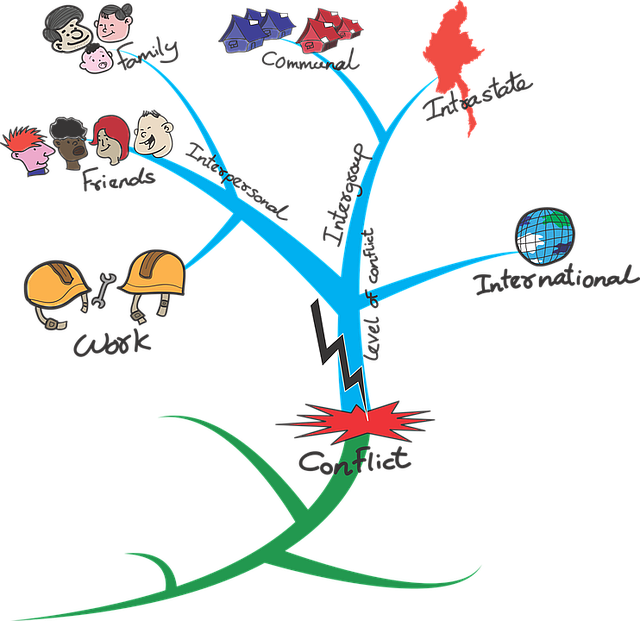When you are trying to choose a niche for blogging, or you have chosen a niche but you need to come up with ideas for blog posts, then developing an idea generation technique will prove useful for long term writing. Brainstorming is a great way to come up with topics in a short period of time. We all have a different way of learning and as such, our brains think differently.
Here are a few ways to brainstorm ideas for your blog.
1) Mind Maps
This way of brainstorming is for people who are more right-brain oriented, or so the argument goes. It’s also referred to as ‘webbing’. If you're right brained you're more artistic and can think better in images.
Essentially, a mind map starts with writing down a keyword in the middle of a piece of paper, then drawing branches out to other words, and more branches from those words. It starts looking a bit like a map, a hierarchical one. Do this for about 15 minutes without judgment.
According to mindmeister.com, mind mapping is effective for a number of reasons. A mind map:
- has a “radiant structure which directly corresponds to the way our brain stores and retrieves information.”
- “conveys hierarchy and relationships between individual ideas and enables you to see the ‘big picture’.”
- “makes use of mental triggers (such as pictures, colors and connections) to help your brain memorize things more easily.”

2) Free Writing
This technique works well for left-brain people who are more analytical and need things to be streamlined. Just start writing down a list of topics, giving some space in between so that you can write subtopics under each main topic. I’m one of those folks. Work from a list and sub-points under each (wonder why these articles look this way???).
I. Main Idea/Point
A) Second level sub point
1) 3rd level sub point
You get the picture….
If you use the computer and a word processing program to do this, it's much simpler than using a pen and paper. Give yourself a time limit of 15 minutes to just write whatever topics come to mind.
3) Look at All Sides
Take your list of topic ideas and look at it from all sides. In literary circles, this is called "cubing". A cube has six sides, so you need to look at each topic from six different points of view – in sequence. This is rule #1. Rule #2 is that you have to move through each sides of the cube quickly, as in no more than 3-5 minutes per side.
The six sides of the cube stand for: Describing, comparing, associating, analyzing, applying and arguing (for or against). These are fleshed out on a Cal State University – Northridge paper here:
- Describe it – How would you describe this topic, challenge or issue, including characteristics, definitions and parameters?
- Compare it – What is it similar to? Different from?
- Associate it – How does the topic connect to other issues you’ve dealt with before? Does it make you think of anything you’ve worked on in the past?
- Analyze it – What smaller parts make up the whole? Is it possible to break down the issue?
- Apply it – How is it used? Who uses it?
- Argue for or against it – Explain your position for supporting or not supporting it.
4) Research Keywords
Another way to come up with topics is to do some keyword research into your niche. The keywords themselves can become titles to posts, and even new products. Of course, a good reason to be keyword sensitive in your topics, titles and the words you use in your posts is for SEO purposes.
Perhaps one of the more obvious sources for such a listing is Google’s Keyword Planner. You will need an account, but it is well worth seeing what Google has to say on keywords for your topic idea.
You could make life easier by just going to Neil Patel’s Ubersuggest and plug in the word or phrase of interest and, well, learn a heck of a lot about what is active on the net. The site pulls results from Google for you, without an account.
Below is a screen shot of a search I did on ‘blog topic ideas’.

Once you have a list of topics, you will want to organize them into like groups. Then look at your calendar and determine your publication schedule for each topic group. Once you have the topics organized, you can finally get started on implementation of your ideas.